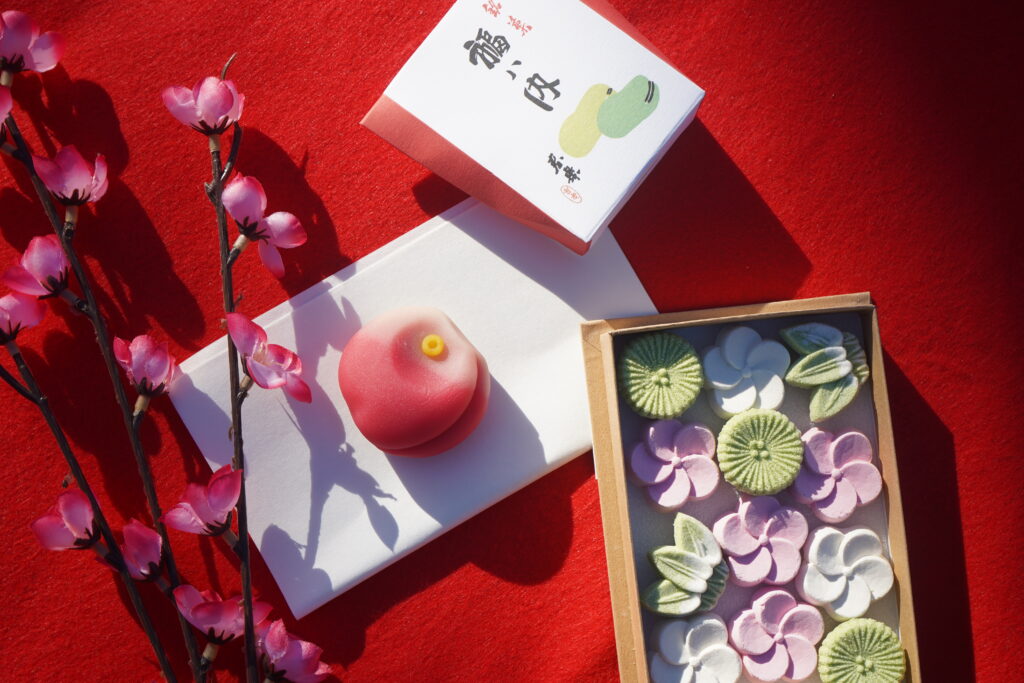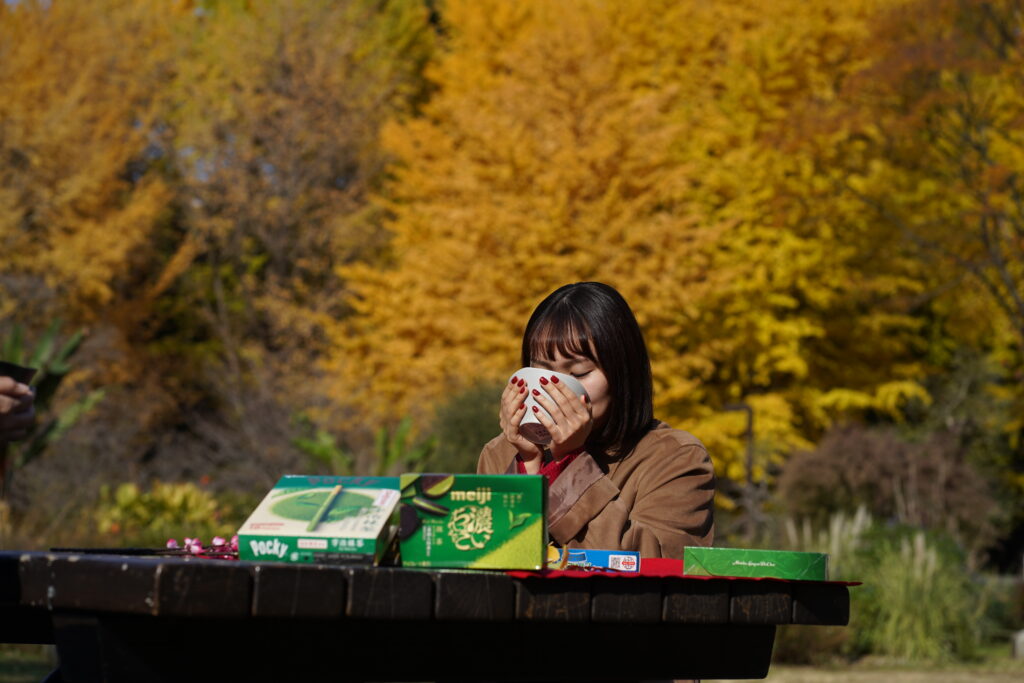Matcha Picnic Delight – Sweets & Friendship in Yoyogi Park
Enjoy a relaxing and delicious experience in one of Tokyo’s most beautiful parks! Our Matcha Picnic Delight tour invites you to savor traditional Japanese sweets while sipping on freshly prepared matcha tea, all in the picturesque setting of Yoyogi Park.
Features of This Tour

1. Savor Authentic Matcha & Japanese Sweets
Experience the delicate flavors of matcha paired with traditional wagashi (Japanese sweets), carefully selected to complement each other.

2. A Unique Outdoor Tea Ceremony
Unlike a traditional tea ceremony held indoors, this experience takes place in the serene, green surroundings of Yoyogi Park. It’s a refreshing way to enjoy this cherished Japanese custom.

2. Play with Traditional Japanese Toys
Step back in time and enjoy playing with classic Japanese toys such as kendama, daruma otoshi, and koma (spinning tops). A fun and interactive way to experience Japan’s cultural heritage!

3. Perfect for Making New Friends
This picnic-style gathering is a great way to meet fellow travelers and locals who share an appreciation for Japanese culture.

4. Relax & Enjoy Nature in the Heart of Tokyo
Take a break from the city’s busy streets and unwind in Yoyogi Park’s lush greenery while enjoying your tea and sweets.
Who This Tour is Perfect For
✅ Matcha lovers and food enthusiasts
✅ Travelers looking for a unique cultural experience
✅ Those who enjoy picnics and outdoor relaxation
✅ Anyone wanting to connect with like-minded people
Join us for a delightful matcha picnic and experience the simple joys of tea, sweets, and good company in one of Tokyo’s most scenic locations!

